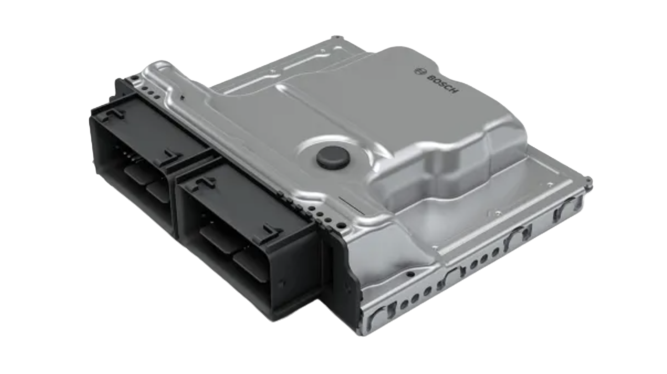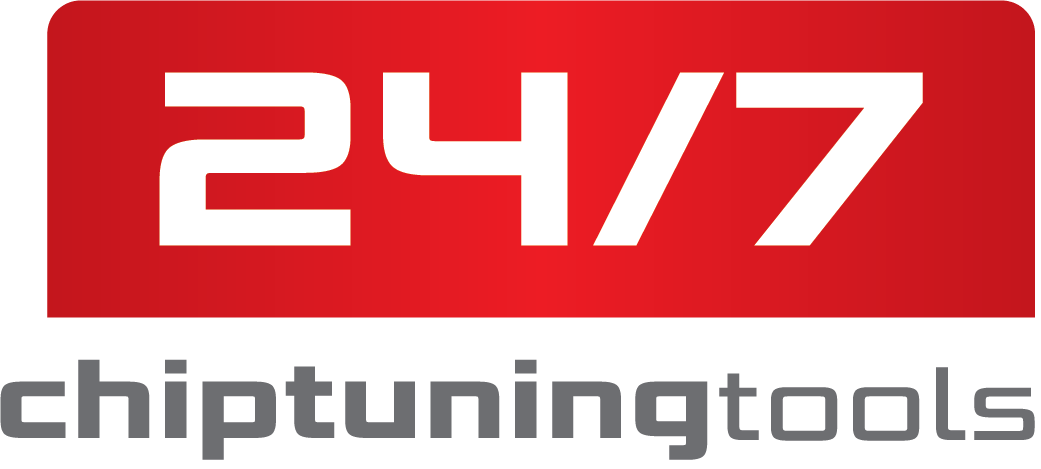J2534 Flashing
In the world of automotive tuning and diagnostics, J2534 flashing is a term that frequently surfaces. This protocol, also known as Pass-Thru programming, has become a critical aspect of modern vehicle maintenance and tuning. For both beginners and seasoned professionals, understanding J2534 flashing is essential to unlock the full potential of their vehicles and ensure they operate at peak performance.
Understanding J2534 Flashing
The J2534 standard, established by the Society of Automotive Engineers (SAE), is a communication protocol that facilitates reprogramming of vehicle control modules. Originally introduced to make emissions-related diagnostics and reprogramming accessible to aftermarket tools, J2534 has evolved into a comprehensive standard that now covers various aspects of vehicle diagnostics and tuning.
J2534 flashing allows technicians to update software on a vehicle’s Electronic Control Unit (ECU) using a standardized interface. This capability is crucial because it provides the ability to fix software-related issues, update emissions calibrations, and improve overall vehicle performance without requiring proprietary dealer tools.

The Importance of J2534 Flashing in Automotive Tuning
With the increasing complexity of modern vehicles, the ability to perform J2534 flashing has become more important than ever. Many manufacturers release software updates that address known issues, enhance functionality, or improve efficiency. Without the ability to apply these updates, vehicles may suffer from unresolved problems or suboptimal performance.
For tuning professionals, J2534 flashing offers a gateway to customize and optimize a vehicle’s performance. By accessing the ECU, tuners can adjust parameters such as fuel maps, ignition timing, and throttle response to enhance power output and efficiency. This flexibility is invaluable for both performance enthusiasts and those looking to improve fuel economy.
How J2534 Flashing Works
To perform J2534 flashing, a technician requires a J2534-compliant interface device, a computer, and the appropriate software. The process typically involves connecting the interface to the vehicle’s OBD-II port and running the software on a computer to communicate with the ECU. This setup allows the technician to read existing software, apply updates, or modify parameters as needed.
Steps Involved in J2534 Flashing
- Vehicle Identification: The first step is to identify the vehicle’s make, model, and year to ensure compatibility with the available software updates.
- Interface Connection: Connect the J2534 interface device to the vehicle’s OBD-II port and the computer.
- Software Setup: Install and configure the J2534 software on the computer. This software acts as the bridge between the vehicle’s ECU and the technician.
- ECU Communication: Establish communication with the ECU to read the current software version and parameters.
- Software Update/Modification: Apply the necessary updates or modifications to the ECU software. This step requires careful attention to detail to avoid issues.
- Verification: After flashing, verify the success of the operation by checking the ECU status and performing a test drive if necessary.
Benefits of J2534 Flashing
J2534 flashing offers several benefits for both vehicle owners and tuning professionals. One of the most significant advantages is cost savings. By allowing aftermarket tools to perform reprogramming, vehicle owners can avoid expensive dealer visits for software updates.
Another benefit is the accessibility it provides to independent repair shops and tuning enthusiasts. J2534 flashing democratizes vehicle diagnostics and tuning, enabling a wider range of professionals to offer these services. Additionally, it supports a more competitive market for automotive tools and services, ultimately benefiting consumers.
Challenges and Considerations
While J2534 flashing is a powerful tool, it is not without its challenges. Technicians must ensure they have the correct software and updates for the specific vehicle model. Additionally, the flashing process requires a stable power supply to the vehicle and the computer to prevent interruptions that could damage the ECU.
Furthermore, not all vehicle manufacturers support J2534 flashing for all modules. In some cases, proprietary tools may still be necessary to access certain functions or modules. Therefore, it’s crucial for technicians to stay informed about the capabilities and limitations of J2534 for each vehicle brand they work with.
J2534 Flashing and Vehicle Compatibility
Compatibility is a key consideration when it comes to J2534 flashing. While the standard aims to provide a universal solution, variations in implementation can lead to differences in compatibility across manufacturers. It’s essential to verify that both the interface device and software are compatible with the specific vehicle model and year.
Some manufacturers provide detailed compatibility lists and guidelines to ensure successful flashing. Staying updated with these resources can help technicians avoid common pitfalls and ensure efficient reprogramming. For more detailed insights into ECU compatibility, you can explore our blog on ECU compatibility with Autotuner Slave Tools.
Conclusion
J2534 flashing represents a significant advancement in automotive diagnostics and tuning. By providing a standardized method for ECU reprogramming, it empowers technicians and enthusiasts to maintain and enhance vehicle performance effectively. However, like any tool, it requires knowledge, skill, and attention to detail to use safely and effectively.
As technology continues to evolve, staying informed about the latest developments in J2534 standards and tools will be crucial for anyone involved in automotive tuning. Whether you’re a beginner or an experienced professional, understanding J2534 flashing can open new opportunities for vehicle maintenance and performance enhancement.
Want to learn more about J2534 Flashing? Explore our range of tuning tools and software here.
If you have any questions regarding chiptuning, chiptuning tools or chiptuning files, please reach out to us and we’re happy to answer your questions! Contact us.

